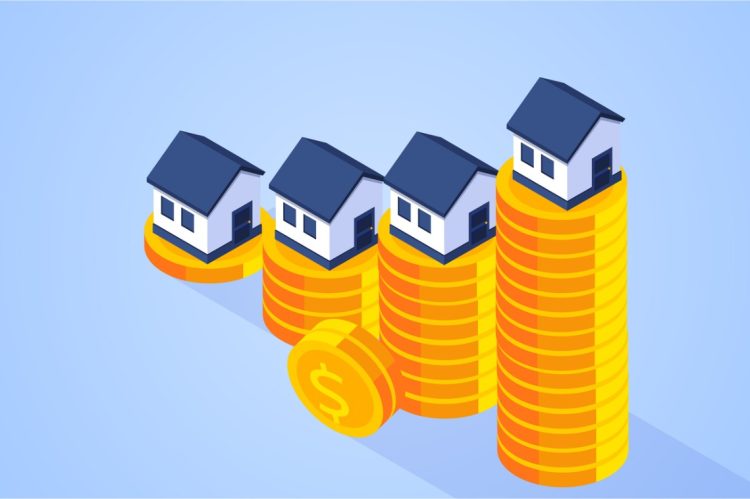Despite home prices remaining historically high, new research from Zillow shows that more and more homes are losing value in the U.S. in 2025, signaling some normalization coming to the housing market.
Zillow’s new report—based on Zestimate® data—found that 53% of all U.S. homes have lost value since 2024. This is the highest share of value losses seen since 2012 (aka the tail end of the Great Recession).
Losses in home values were the most widespread in the West and the South, with 49 of the 64 major metros in these regions (those in the top 100 nationally) having had most homes fall in value.
Vicksburg, Mississippi, appears to have faced the biggest loss at a staggering 96.9%.
Statewise, Florida and California saw the biggest losses, followed by Colorado, Texas and Arizona.
Florida had a notable 12 metros with losses over 80%, 10 of which were actually above 85%. In addition, two metros—Cape Coral and Punta Gorda—were above 90%, at 93.9% and 96%, respectively.
California saw nine metros with losses over 80%, six of which crested the 85% mark. Surpassing 90% were Vallejo and Stockton, at 93.1% and 91.8%, respectively.
Colorado and Texas both had five metros with losses over 80%, four of which in Colorado and three of which in Texas were over 85%. Colorado also had two metros over 90% (Denver at 90.6% and Pueblo at 91.9%). Arizona had three metros over 80%, two of which surpassed 85%.
Metros in the Northeast and Midwest saw fairly lower losses and did not crest into 80% territory; however, there were shares of metros spread across the regions that saw losses above 50%. Home prices remain elevated more-so in these regions than others, which explains a lack of losses in home values.
While the data around home value losses is large and rivals the Great Recession and housing market crash, it does not spell disaster for the housing market as some might think. In fact, Zillow Senior Economic Researcher Treh Manhertz said it suggests the opposite.
“Home values surged over the past six years, and the vast majority of homeowners still have significant equity,” he explained. “What we’re seeing now is a normalization, not a crash.”
This is a sentiment the National Association of Realtors®’ Chief Economist Lawrence Yun also portrayed in his recent presentation during the Residential Economic Issues and Trends Forum at NAR NXT. Yun was very optimistic for the future of the housing market, predicting a 14% increase in existing-home sales in 2026, along with a 5% increase in new-home sales, as well as improvements to affordability for buyers with mortgage rates settling in at 6%.
The loss in home value also does not spell disaster for those looking to sell their homes.
“Homeowners may feel rattled when they see their Zestimate drop, and it’s more common in today’s cooler market environment than in recent years. But relatively few are selling at a loss,” added Manhertz.
Zillow’s research found that the national average drawdown (home value lost since peak) registered at 9.7%. While a higher number than the 3.6% seen in 2022, it’s still below the 27% seen toward the end of the Great Recession in 2012.
Zillow also noted in the report that only 4.1% of homes have lost value since their last sale, up from 2.4% last year, but well below the pre-pandemic share of 11.2% of homes. In addition, only 3.4% of newly listed homes are priced below their last sales price.
Nationwide, home values remain up a median of 67% since their last sale.











